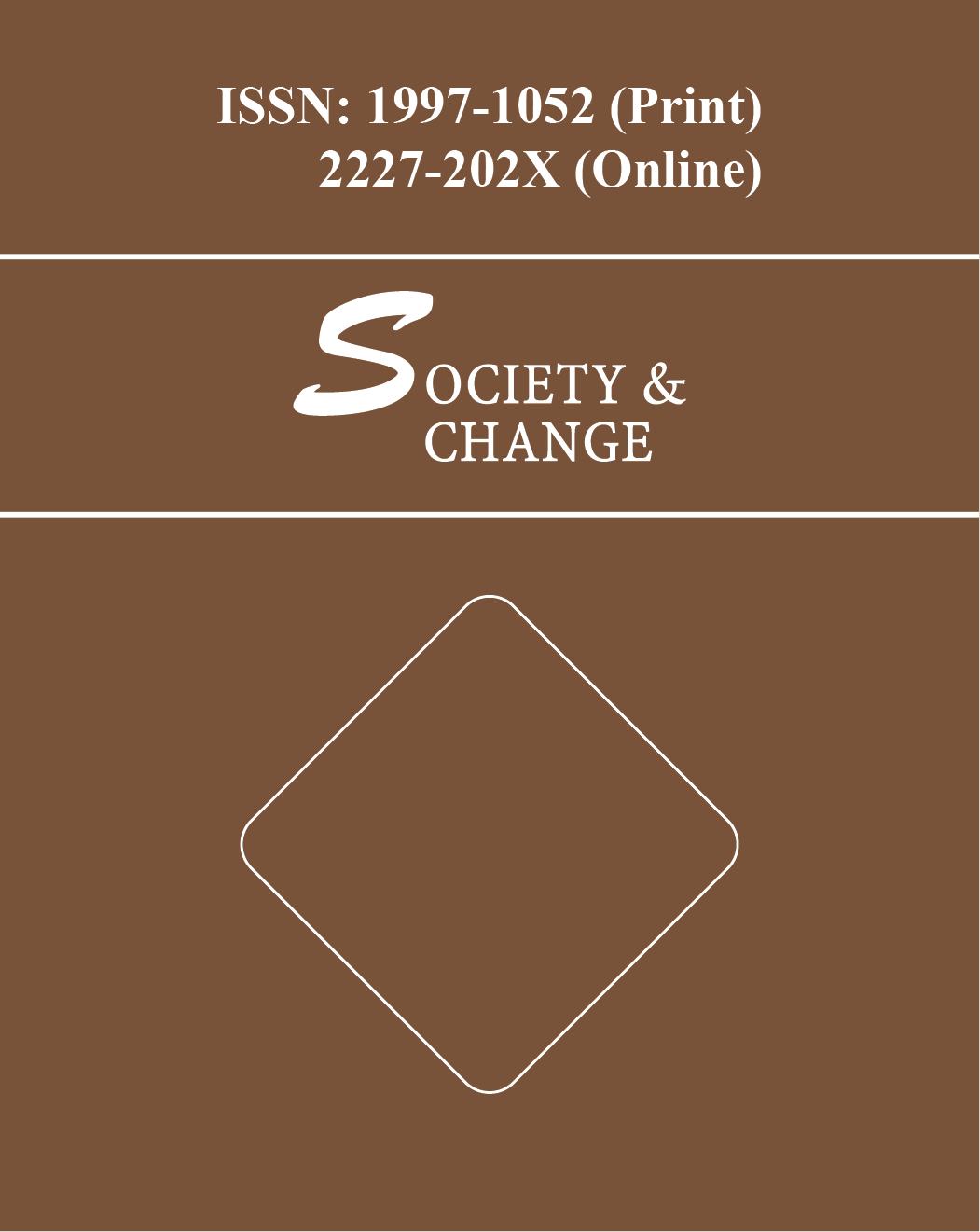The issue of caretaker government has become the focal issue after the passing of the 15th amendment to the constitution of Bangladesh. Earlier the Supreme Court had declared the Caretaker system as illegal and unconstitutional. At the same time the court also opined that the 10th and 11th general elections could be held under caretaker government. In the midst of a political impasse, the state of emergency was declared and a government backed by army assumed state power in January, 2007. It ruled the country for two years in an 'unconstitutional' way. Inspite of an uncertain circumstance, the 9th parliament elections was held on the 28th December, 2008 and the 14 party alliance (Mohajote) government led by the Awami League (AL) won the election. Though Awami League did not say anything about the abolition of the caretaker system in its election manifesto it took the issue seriously when the Supreme Court declared the 13th amendment of the constitution as illegal. Finally, the Mohajote government led by AL abolished the caretaker government system through the 15th constitutional amendment. The opposition parties led by the Bangladesh Nationalist Party (BNP) termed the decision of the ruling party as a conspiracy to remain in power for a long period of time. The opposition, led by BNP, started a movement demanding to reintroduction of the caretaker system. At present, the government and the opposition are confronting each other on this issue. If it is not resolved amicably it will create serious political confrontation. In this article an attempt has been made to review the content and consequences of the government-opposition confrontation on the issue of caretaker government. The article has also made some suggestions for the resolution of the problem.



 Additional Indexing
Additional Indexing